Owning a dog is a rewarding journey filled with wagging tails, warm cuddles, and a loyal companion by your side. However, even the most well-meaning dog owners can make unintentional mistakes that may impact their furry friend’s well-being. Understanding these common pitfalls can help you become a more informed and conscientious pet parent. Let’s explore 15 unintentional mistakes dog owners often make without realizing it.
1. Skipping Regular Vet Visits

Many dog owners underestimate the importance of regular veterinary check-ups, thinking they only need to visit the vet when their dog is visibly ill. However, regular vet visits are crucial in catching potential health issues early, ensuring vaccinations are up to date, and maintaining overall wellness. According to the American Veterinary Medical Association, routine check-ups can detect problems before they become serious, ultimately saving on treatment costs and preventing discomfort for your pet. If you wait until your dog shows signs of illness, it might be too late to address certain health problems effectively.
Vets can also provide valuable advice on nutrition, exercise, and behavioral issues that might not be apparent to you. Even if your dog seems perfectly healthy, a professional check-up can reveal subtleties that you might miss. Regular visits also help your dog become accustomed to the vet, reducing anxiety and stress during appointments. Establishing a solid vet care routine is a proactive step in ensuring your dog’s long-term health and happiness.
2. Overfeeding Your Furry Friend

Feeding your dog is an expression of love, but it’s easy to go overboard without realizing it. Overfeeding can lead to obesity, which is associated with numerous health problems, including diabetes, arthritis, and heart disease. According to the American Kennel Club, portion control is essential, and treats should not exceed 10% of your dog’s daily caloric intake. Understanding the right amount to feed your dog involves considering their age, breed, activity level, and overall health.
It’s equally important to choose high-quality dog food and avoid sharing human food, which can be harmful. Reading food labels and consulting your vet about your dog’s dietary needs can prevent overfeeding. Be mindful of table scraps, which might be tasty but can lead to weight gain and nutritional imbalances. By managing your dog’s diet, you’re giving them a better shot at a long, healthy life.
3. Neglecting Dental Hygiene

Dental health is often overlooked when caring for a dog’s overall well-being, but it’s crucial. Many dog owners are unaware that dental disease is one of the most common health issues in dogs. According to the American Veterinary Medical Association, 80% of dogs show signs of oral disease by age three. Poor dental hygiene can lead to painful gum diseases, tooth loss, and even affect internal organs due to bacteria entering the bloodstream.
Regular brushing and dental chews are effective ways to maintain your dog’s oral health. Introducing these practices early on can make it easier for your dog to adapt. Annual dental check-ups with a vet can also identify potential issues before they become major problems. Maintaining your dog’s dental health not only prevents bad breath but also contributes significantly to their overall quality of life.
4. Forgetting to Socialize Your Dog
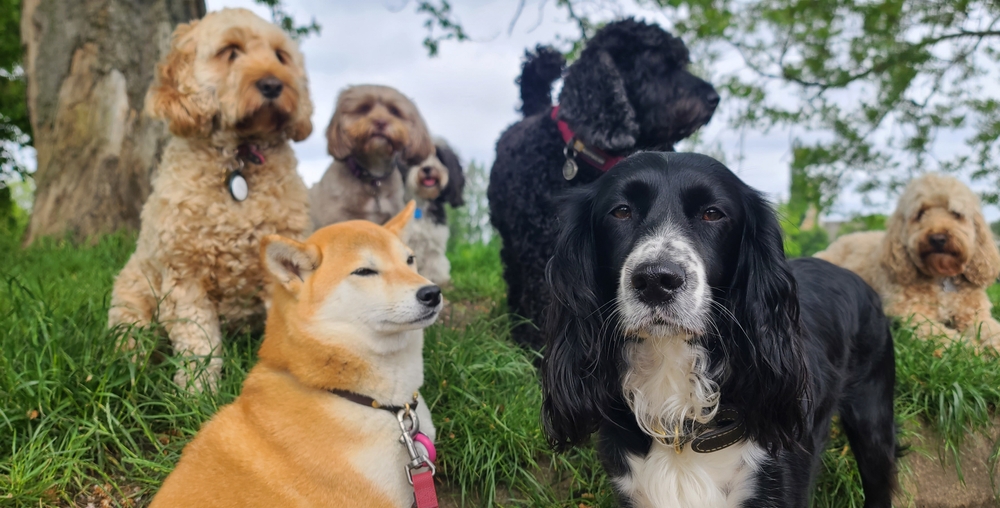
Socialization is crucial for a well-rounded and well-behaved pet, yet many owners overlook its importance, especially during the early stages of a dog’s life. Dogs need to be introduced to various people, animals, and environments to develop into confident and friendly companions. Without proper socialization, dogs can become fearful, anxious, or even aggressive in unfamiliar situations. This can limit your dog’s ability to adjust to new experiences and make everyday activities more stressful for both of you.
Socializing your dog isn’t just about playdates with other dogs; it involves exposing them to different sights, sounds, and smells, and teaching them to remain calm and obedient. The earlier you start socializing your dog, the better, as young dogs are generally more adaptable. A well-socialized dog is easier to train, more comfortable in various settings, and less likely to develop behavioral problems. Investing time and effort in socializing your dog will pay off in a more harmonious relationship and an easier life together.
5. Ignoring Behavioral Cues

Dogs communicate primarily through body language, but many owners fail to recognize or understand these cues. Ignoring signs of stress, fear, or discomfort can lead to bigger problems down the line. For instance, a wagging tail doesn’t always mean a dog is happy; it could also indicate anxiety or excitement depending on the context and tail position. Learning to read your dog’s signals can help you respond appropriately and prevent unwanted situations from escalating.
Understanding behavioral cues can improve your bond with your dog and make training more effective. Pay attention to your dog’s posture, ears, eyes, and vocalizations to interpret their feelings accurately. By acknowledging and addressing your dog’s emotional state, you can create a more supportive and responsive environment. An attuned owner can meet their dog’s needs more effectively, leading to a happier, more balanced pet.
6. Underestimating the Importance of Mental Stimulation
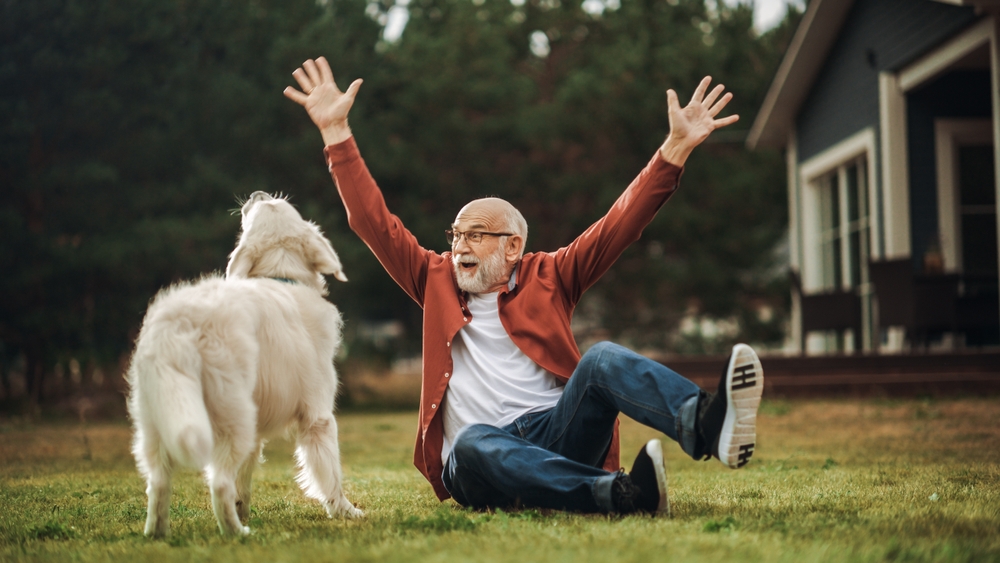
Physical exercise is vital, but mental stimulation is equally important in keeping your dog healthy and happy. Dogs are intelligent animals that need mental challenges to stay content and avoid destructive behaviors. Without adequate mental stimulation, dogs can become bored, anxious, or develop behavioral problems such as chewing or excessive barking. Activities like puzzle toys, obedience training, and scent games can offer the mental engagement your dog craves.
Incorporating mental exercises into your dog’s routine can enhance their problem-solving skills and strengthen your bond. Varying the types of mental activities keeps things interesting and prevents your dog from becoming too accustomed to any single task. Engaging your dog’s mind not only improves their overall well-being but also contributes to a more well-behaved and adaptable pet. A mentally stimulated dog is generally happier, more relaxed, and better equipped to handle life’s challenges.
7. Not Providing a Consistent Routine

Consistency is key when it comes to a dog’s schedule, yet many owners don’t realize how much dogs thrive on routine. A predictable schedule for meals, walks, playtime, and bedtime gives your dog a sense of security and stability. When a dog’s routine is erratic, it can lead to confusion, anxiety, and behavioral issues. Dogs are creatures of habit, and a consistent routine helps them understand what’s expected and what they can anticipate throughout their day.
Establishing a routine can also make training easier, as dogs learn best with repetition and consistency. It allows you to more effectively manage their energy levels and reduces stress for both pet and owner. Even when life throws curveballs, maintaining as much of your dog’s routine as possible can help them adapt more easily. A consistent routine provides structure, making for a happier and more harmonious household.
8. Using Punishment-Based Training Techniques

Punishment-based training techniques, such as yelling or using physical force, can harm your relationship with your dog and lead to fear-based responses. These methods might stop undesirable behavior momentarily, but they don’t teach your dog what you want them to do instead. Positive reinforcement, where good behavior is rewarded with treats or praise, is a more effective and humane way to train your dog. It not only fosters a stronger bond between you and your pet but also encourages a more cooperative attitude.
Switching to positive training methods can transform the way your dog responds to commands and interacts with you. Dogs learn faster and more reliably when training is a positive, rewarding experience. Using patience and consistency, positive reinforcement focuses on building trust and mutual respect. This approach not only creates a happier dog but also results in a more satisfying and productive training process for both of you.
9. Not Adjusting to Your Dog’s Changing Needs

As dogs age, their needs change, and it’s essential for owners to adapt to these evolving requirements. Puppies require different care than adult or senior dogs, including variations in diet, exercise, and healthcare. Failing to adjust to these changes can lead to health issues, nutritional deficiencies, or behavioral problems. Recognizing the life stage your dog is in and consulting with your vet can guide you in providing the appropriate care.
Your dog’s energy levels, cognitive function, and physical condition can change over time, necessitating adjustments in their care routine. Being observant and responsive to these changes shows your commitment to your dog’s well-being. Regular vet visits can also provide insights into your dog’s developmental needs and how best to meet them. Adapting to your dog’s changing needs ensures they live a comfortable and fulfilled life, regardless of their age.
10. Neglecting to Set Boundaries

Setting boundaries is an essential aspect of dog ownership that some owners neglect, often leading to behavioral problems. Dogs need to understand what is acceptable behavior and what isn’t, and clear boundaries help communicate these expectations. Without boundaries, dogs can become unruly, making it challenging to manage their behavior both at home and in public. Consistent rules provide structure and help your dog learn to respect limits.
Establishing boundaries doesn’t have to be harsh; it can be done with positive reinforcement and patience. Consistency is crucial, as mixed signals can confuse your dog and undermine your efforts. By setting and enforcing boundaries, you’re helping your dog understand their role within the family. A well-behaved dog is a joy to live with, and boundaries are a key component of achieving that harmony.
11. Overlooking the Importance of Play
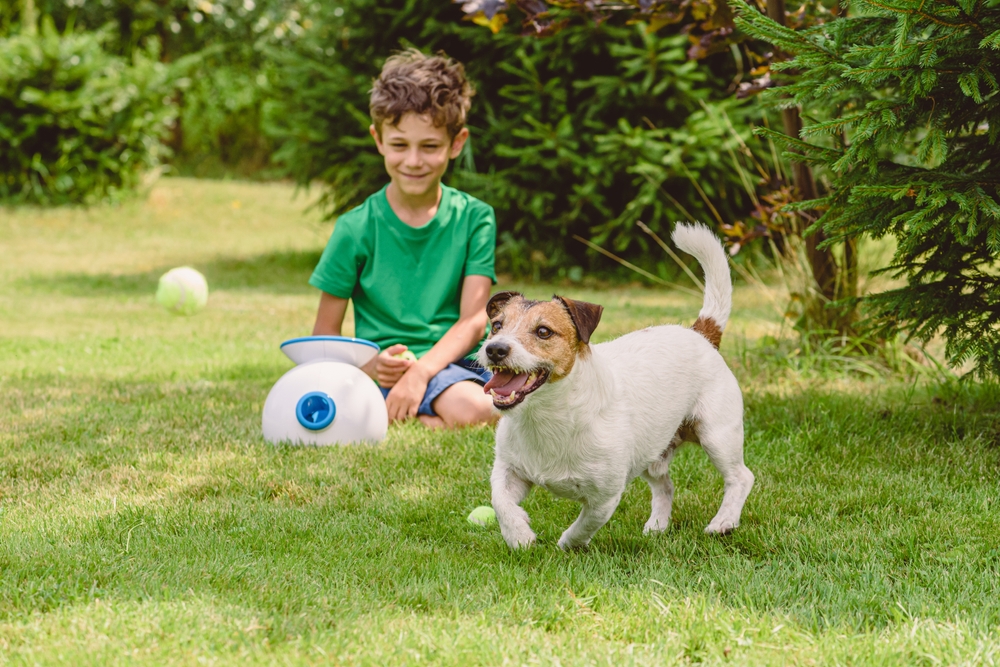
Play is a vital part of a dog’s life, contributing to their physical health, emotional well-being, and social skills. Some owners may not realize the importance of dedicated playtime, especially if their dog has access to a yard or other exercise opportunities. Play is not just about physical activity; it’s a way for dogs to engage their instincts, relieve stress, and strengthen their bond with you. Different games and toys can keep playtime exciting and beneficial.
Interactive play, such as fetch or tug-of-war, can enhance your relationship with your dog and provide much-needed mental stimulation. Even short play sessions can have significant positive effects on your dog’s mood and behavior. Experiment with different types of play to find what your dog enjoys most, and make time for it regularly. Play is not just fun; it’s an essential component of a happy, healthy life for your furry friend.
12. Ignoring Breed-Specific Needs
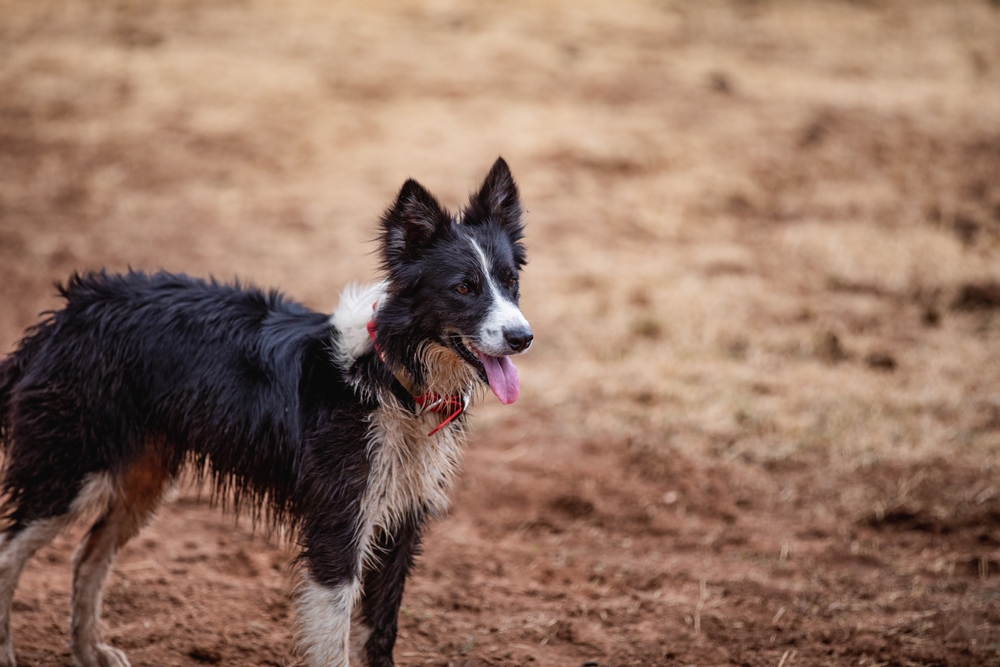
Each dog breed has unique characteristics and needs that owners must recognize to provide the best care. Failing to understand and meet these specific requirements can lead to frustration, behavioral issues, or health problems. For example, high-energy breeds like Border Collies require more exercise and mental stimulation than lower-energy breeds like Bulldogs. Researching your dog’s breed characteristics can help you tailor their care and environment to suit their natural instincts and needs.
Understanding breed-specific traits can also aid in training, as different breeds may respond better to certain methods. Providing a lifestyle that aligns with your dog’s genetic predispositions can lead to a more satisfied and well-behaved pet. Consulting resources like breed clubs or speaking with your vet can provide additional insights into your dog’s unique needs. By acknowledging and addressing these requirements, you contribute to your dog’s overall happiness and well-being.
13. Not Considering Environmental Enrichment
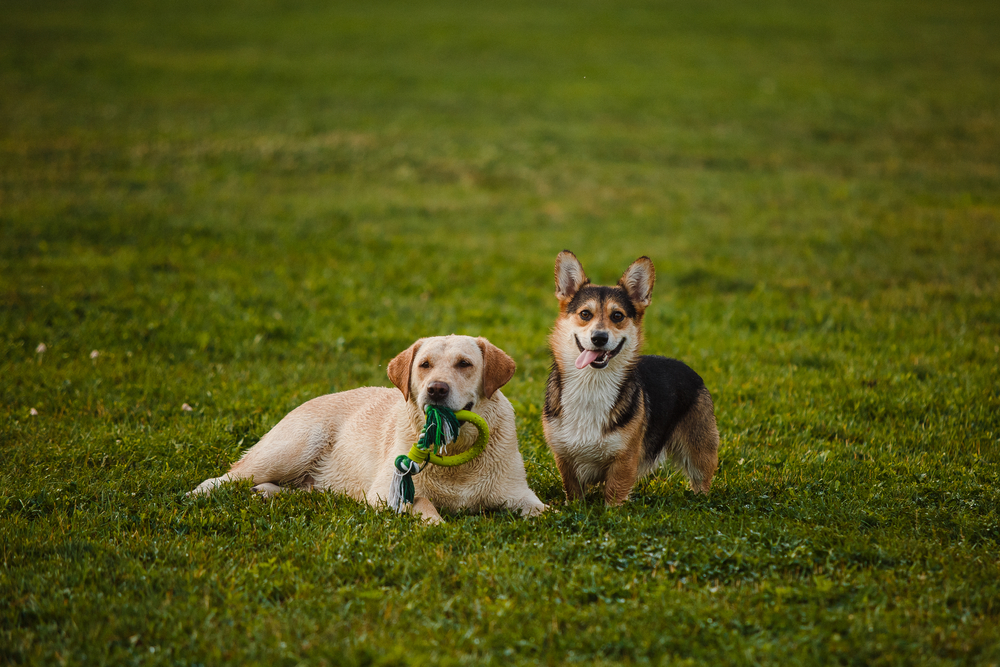
Environmental enrichment is crucial for a dog’s mental and emotional health, yet it’s often overlooked. This involves providing a stimulating environment that enhances your dog’s quality of life and reduces stress and boredom. Dogs need mental and physical challenges for a balanced life, and enrichment activities can range from puzzle toys to varied walking routes. Failing to provide enrichment can lead to destructive behaviors and anxiety.
Enrichment doesn’t have to be elaborate or expensive; simple changes can make a significant difference. Rotating toys, introducing new scents, or creating an obstacle course can keep your dog engaged and mentally active. Enriching your dog’s environment not only prevents boredom but also strengthens the bond between you and your pet. With creativity and effort, you can create a dynamic and fulfilling environment that contributes to your dog’s overall happiness.
14. Forgetting the Importance of Training Refreshers
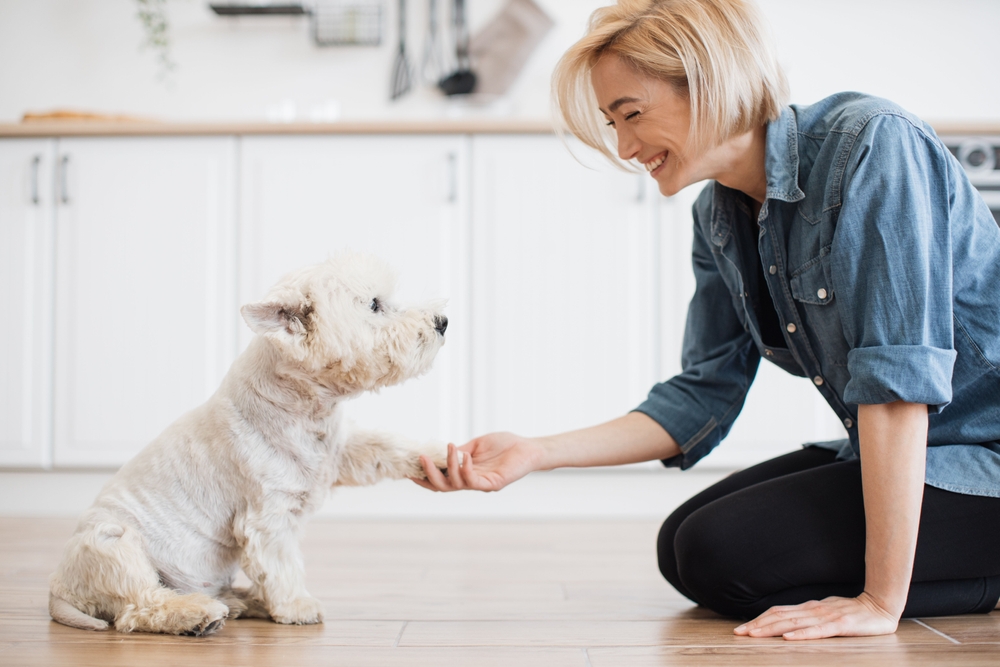
Training is not a one-time event but a continuous process that requires regular refreshers. Many dog owners assume once their dog is trained, they’re set for life, but skills can fade without practice. Regular training sessions help reinforce good behavior and keep your dog sharp and responsive. Refreshers are especially important for recall and obedience commands, ensuring your dog remains well-behaved in various situations.
Incorporating training into your routine can be easy and enjoyable, reinforcing your bond with your dog. Even a few minutes a day can make a significant difference in maintaining your dog’s skills. Training refreshers can also adapt to new behaviors or changes in your dog’s environment, keeping them well-adjusted and happy. A consistently well-trained dog is a joy to be around, and maintaining this requires ongoing effort.
15. Underestimating the Power of Patience

Patience is a crucial quality for any dog owner, yet it can be easily overlooked, especially in challenging moments. Training and caring for a dog requires time, understanding, and, above all, patience. Dogs, like humans, have good and bad days, and they might not always meet your expectations. Approaching situations with patience allows you to handle setbacks more effectively and reduces frustration for both you and your dog.
Patience is particularly important during training, as dogs learn at their own pace and may not always respond immediately. Positive reinforcement and patience go hand in hand, creating a learning environment where your dog feels safe and understood. By practicing patience, you’re setting the stage for a trusting and strong relationship with your dog. Remember, patience isn’t just about waiting; it’s about maintaining a positive and supportive attitude along the way.
